Advertisement
Waiting on model outputs can be frustrating—especially when every second counts. If you're working with LLaMA models, you already know how resource-heavy they are. And while cloud services offer flexibility, they don’t always offer speed. But AWS Inferentia2 changes that. It’s built specifically for machine learning inference and delivers the kind of performance that cuts through bottlenecks. Whether you’re running LLaMA for chat, summarization, or code generation, using Inferentia2 gives you that time-back feeling most hardware can’t match.
Inferentia2 isn’t just a faster processor. It’s an entire system built from the ground up with one goal: speed up inference without blowing up your budget. Each chip supports thousands of tera operations per second (TOPS), meaning it handles massive workloads quickly. Unlike general-purpose GPUs, this isn’t a jack-of-all-trades—it’s tuned for one thing, and it does that one thing extremely well.
If you’ve tried spinning up LLaMA on typical GPUs, you’ve probably noticed one of two things: either the response time is too slow for your needs, or you’re paying too much to scale it up. Inferentia2 gives you a middle ground—high performance with lower cost per inference. This makes it ideal for those running models continuously or needing to serve multiple users at once.
Let’s say you’re deploying LLaMA 2-13B for an internal tool. On standard instances, you might see inference latencies around 800ms to 1 second for basic prompts. Move that same model over to AWS Inferentia2-backed instances—such as Inf2—and you’re looking at nearly half the latency. Some users report sub-500ms responses for average-length prompts, and the difference becomes more noticeable as the number of concurrent requests rises.

That’s the other strength of Inferentia2: it handles parallel requests without a performance nosedive. Where GPUs tend to slow down or require extra memory juggling to stay smooth, Inferentia2 keeps things steady. It’s good news if your application serves multiple users or needs to keep a chatbot interface feeling natural.
This shift isn't just about saving time for users—it impacts your backend, too. Quicker inference times mean fewer queue buildups, smoother autoscaling, and more predictable performance overall.
Getting LLaMA to run efficiently on Inferentia2 isn’t just a plug-and-play process. It needs a few tweaks to take full advantage of the hardware. But once it’s set up, the performance gains are hard to ignore.
AWS offers several Inferentia2-backed instances under the Inf2 family. For LLaMA, the sweet spot tends to be inf2.xlarge or inf2.8xlarge, depending on the model size. If you’re running LLaMA 2-7B, inf2.xlarge works fine. For 13B or 70B, move up accordingly.
AWS Neuron is the software stack that makes Inferentia2 run ML models efficiently. You’ll need the Neuron SDK to compile and deploy your model. This includes the neuronx-cc compiler and optimized versions of libraries like Transformers and Hugging Face Accelerate.
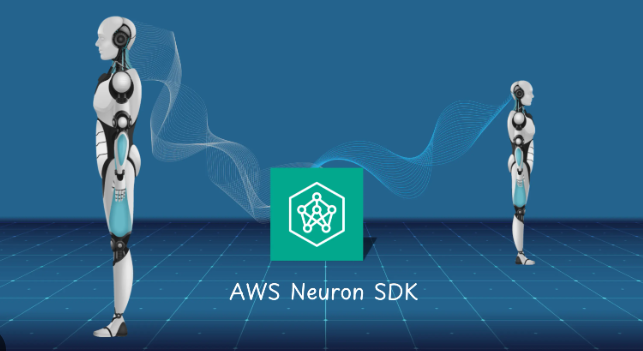
Make sure your environment is using the latest Deep Learning AMI with Neuron support, or configure a custom Docker image based on AWS's examples.
Before you can run inference, your model needs to be compiled for Inferentia2. This isn’t just a simple export—it’s a full compilation step using neuronx-cc. Here’s how it usually works:
This step takes time, but it only needs to be done once per model version.
Once your model is compiled, you can load it in an inference pipeline using optimized Neuron-backed runtime libraries. Hugging Face’s transformers-neuronx integration makes this step easier if you’re used to working in that ecosystem.
You can now run inference with batch sizes that actually make sense for real-world apps—without worrying about slowdowns from multi-user traffic or high-latency memory swaps.
Inferentia2 supports Amazon CloudWatch and other monitoring tools, so you can keep track of how your instances perform. If traffic spikes, AWS’s autoscaling can bring more Inf2 instances online. Combined with lower cost per inference, this setup gives you a strong case for long-term deployment.
What you save in time, you also save in cost. Inferentia2 is typically more affordable than GPU-backed options when you calculate the cost per token. This especially matters in production scenarios where your LLaMA model runs constantly—like customer support bots or content generation tools.
Inferentia2 uses less power per operation, too. If energy efficiency is part of your strategy, that's another reason to consider switching. You get performance without the usual heat output or energy draw of top-tier GPUs.
Users running 24/7 workloads report double-digit percentage drops in cloud spend after switching to Inf2. That includes not just the raw instance cost but also reduced overprovisioning due to improved load handling.
If you’ve been watching your LLaMA model crawl on general-purpose hardware, Inferentia2 is worth your attention. It’s built to handle inference, and it does it faster, more consistently, and often more affordably than traditional GPU instances. Once you’ve seen the time drop on your prompts—and how smoothly it scales—you won’t want to go back.
It's not just about raw speed—it's about keeping things predictable when your app scales up. With Inferentia2, there's less fiddling with batch sizes, fewer memory spikes, and a smoother overall flow. So, if your use case depends on fast, steady inference without the usual juggling act, this setup delivers. It's the kind of upgrade that feels simple once it's in place and hard to give up once you're used to it.
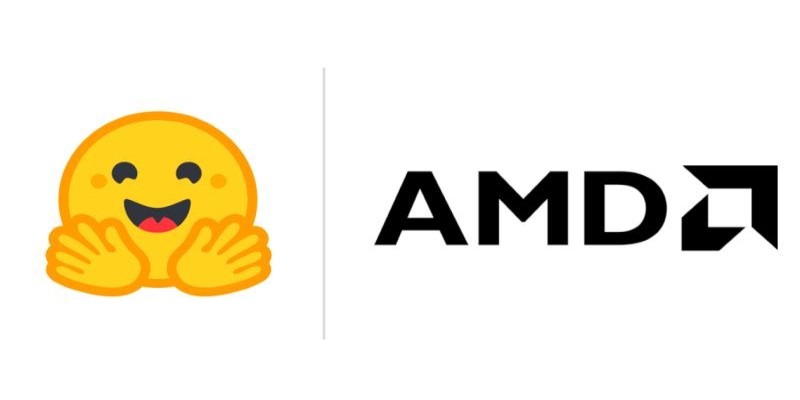
Discover five engaging and creative methods to teach your kids about saving money and instill essential financial literacy skills
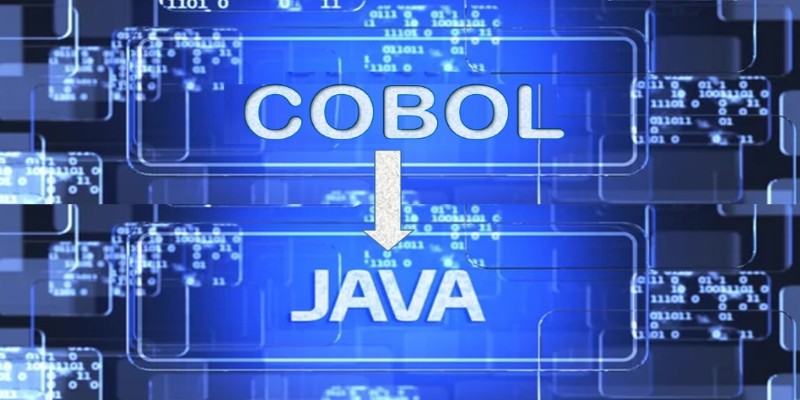
Can AI bridge decades of legacy code with modern languages? Explore how IBM’s generative AI is converting COBOL into Java—and what it means for enterprise tech

What data management is, why it matters, the different types involved, and how the data lifecycle plays a role in keeping business information accurate and usable
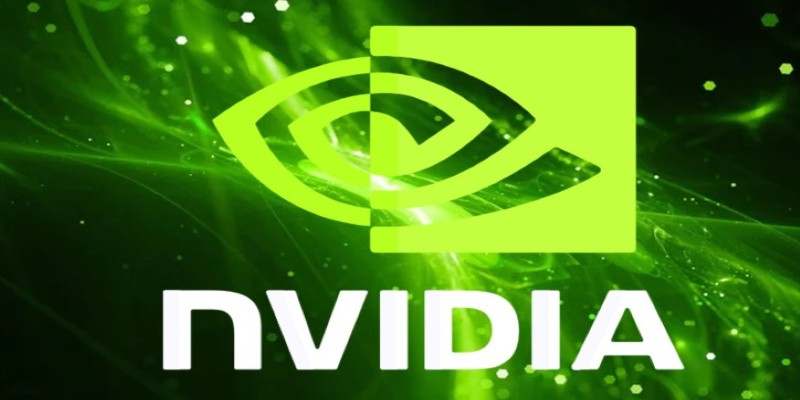
Nvidia's Perfusion method redefines AI image personalization with efficient, non-destructive customization. Learn how this breakthrough approach enables targeted learning without model degradation
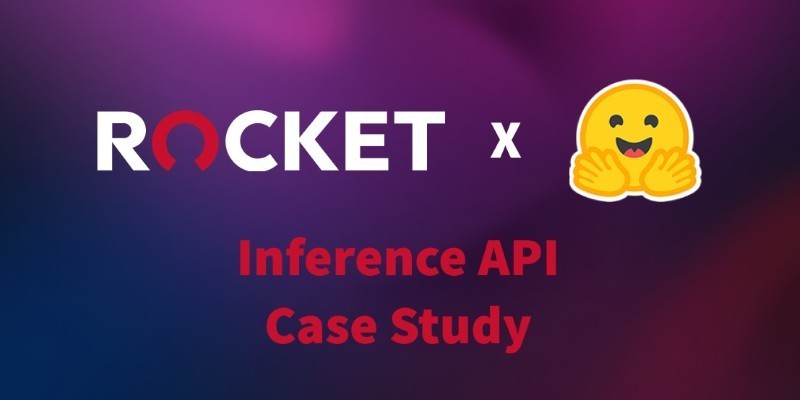
How Rocket Money x Hugging Face are scaling volatile ML models in production with versioning, retraining, and Hugging Face's Inference API to manage real-world complexity
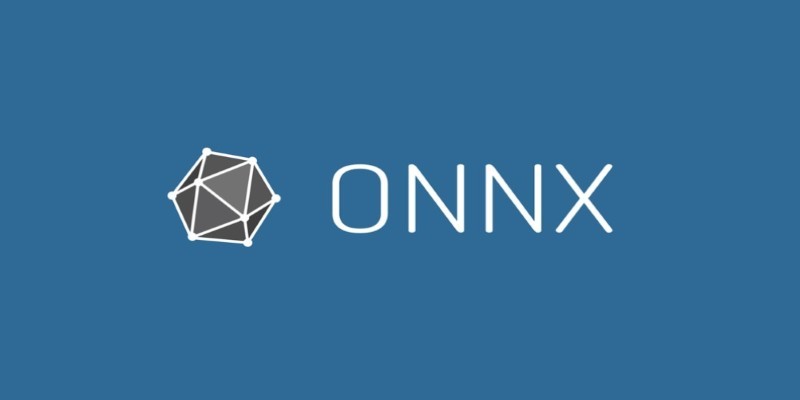
How the ONNX model format simplifies AI model conversion, making it easier to move between frameworks and deploy across platforms with speed and consistency

Discover the top ten tallest waterfalls in the world, each offering unique natural beauty and immense height
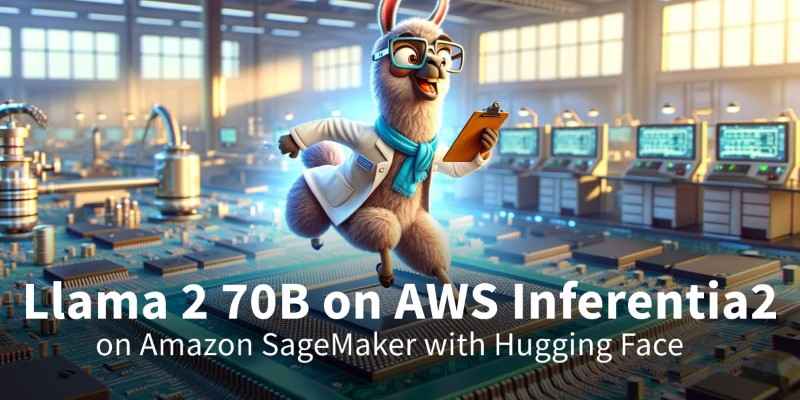
Explore the differences between the least populated countries and the most populated ones. Discover unique insights and statistics about global population distribution

Discover the best places to see the Northern Lights in 2024. Our guide covers top locations and tips for witnessing this natural spectacle

Swin Transformers are reshaping computer vision by combining the strengths of CNNs and Transformers. Learn how they work, where they excel, and why they matter in modern AI

How Making LLMs Lighter with AutoGPTQ and Transformers helps reduce model size, speed up inference, and cut memory usage—all without major accuracy loss

Is Claude 2 the AI chatbot upgrade users have been waiting for? Discover what makes this new tool different, smarter, and more focused than ChatGPT.